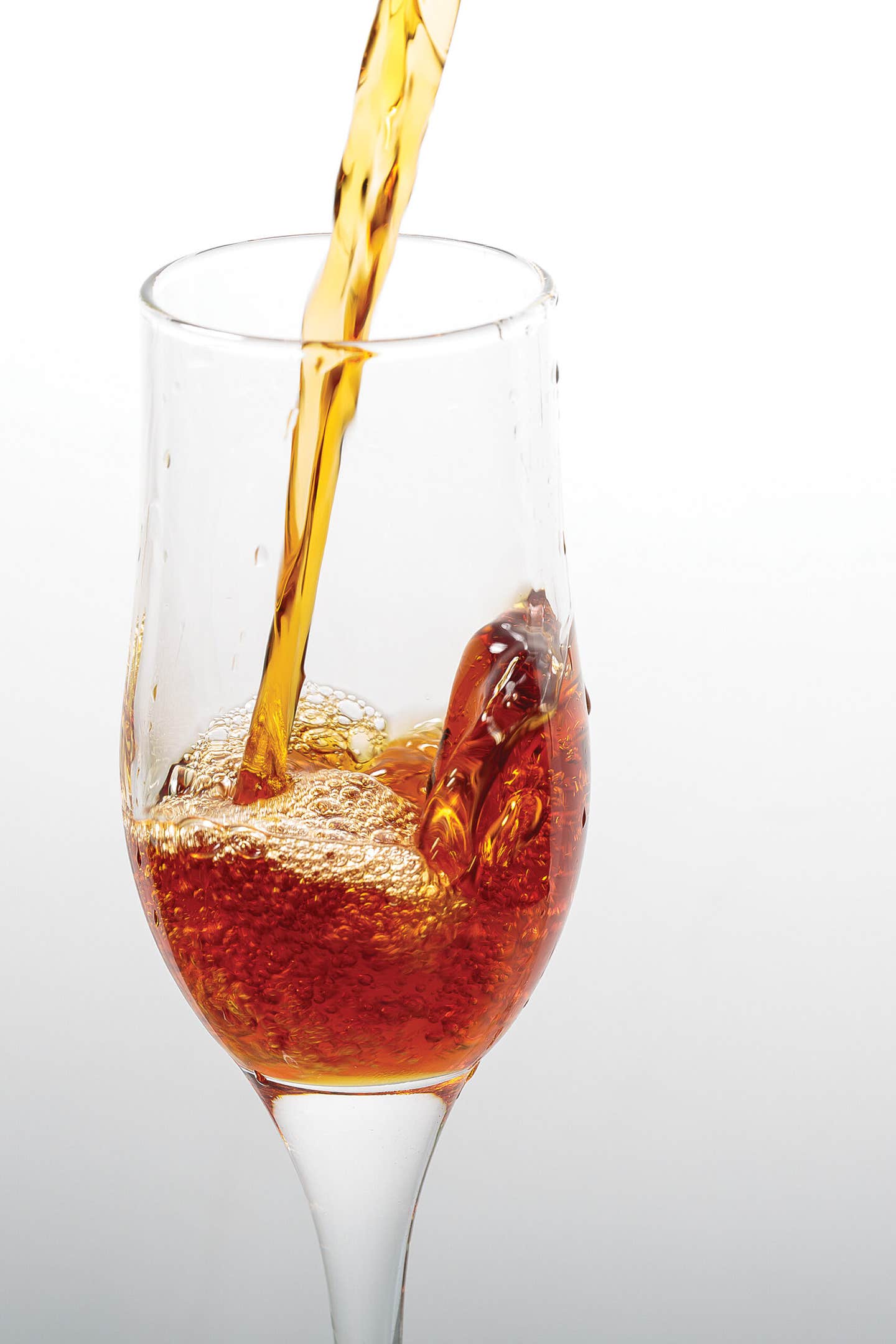
In 1983, on my first trip to Bordeaux, France, my host paired chilled white asparagus with one of the region's dulcet sauternes. An improbable but dynamic combination, it had me falling for sweet wine. In ancient Rome and elsewhere, sweet wines were the most valued. It wasn't until the 18th century that glass bottles and corks, which keep oxygen at bay, allowed dry wines to gain quality and eclipse sweet ones. Today, with the interest in unique, local winemaking, sweet wines are making a comeback. The best seduce with aromas of honey and wildflowers and flavors of dried apricot, caramel, and candied lemon peel. They roll over your tongue like silk, but zingy acidity keeps them from seeming syrupy. Each has its own personality. France's sauternes and barsacs (from a town within Sauternes) are made mainly with sauvignon blanc and sémillon grapes, which are left on the vine to develop Botrytis cinerea, a fungus that concentrates their sugar, yielding an elegant, full-bodied wine that pairs well with savory foods. Made similarly, Hungary's tokaji aszú wines go back nearly 450 years. The sweetest, labeled "5 Puttonyos" and "6 Puttonyos"—120 and 150 grams of residual sugar per liter, respectively—are delicious with chocolate and, like sauternes, with blue cheeses. The Mediterranean's sweet-savory vin santo is made from grapes air-dried on straw mats or hung from rafters, the wine then aged in casks. I often use these wines to bookend the holiday meal. Sauternes is ideal for sipping with foie gras at the start of dinner; tokaji and vin santo shine later with nuts, cheeses, plum pudding, or an Italian panettone. But I don't just reserve them for Christmas. I've come to rely on this trifecta of luscious nectars when friends drop by on any cold night.
Keep Reading
Continue to Next Story










